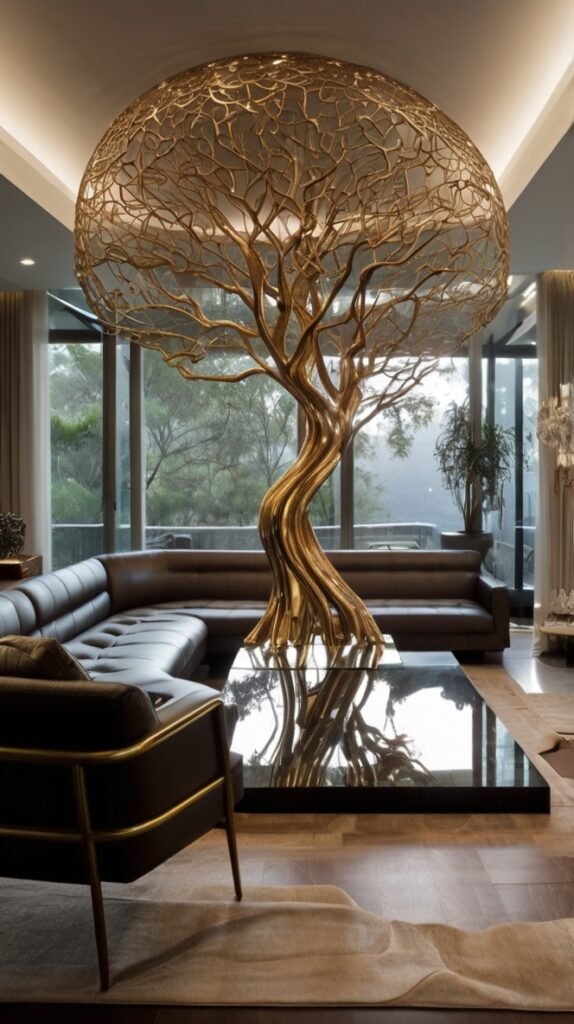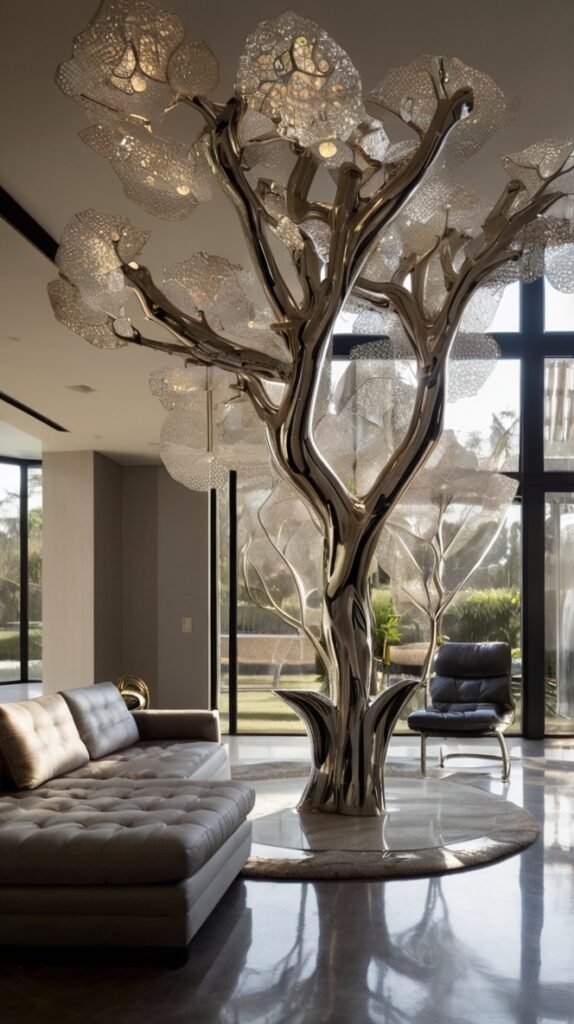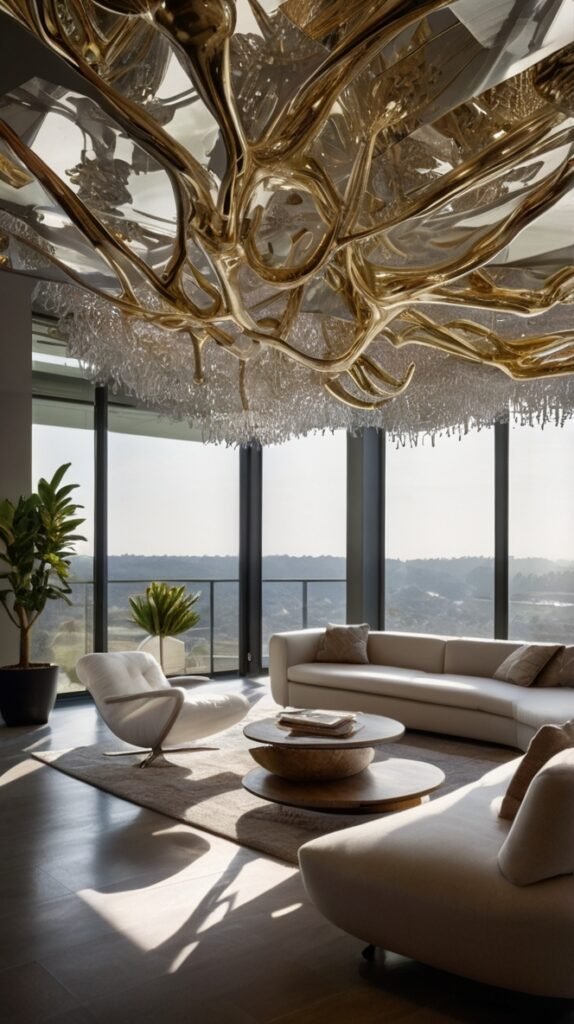The Enchantment of Surrealism: Exploring the Misty Scene of Metallic Structure and Interior Design
Surrealism in Interior Design
Surrealism, originating in the early 20th century, began as an avant-garde movement in visual art and literature. Rooted in the works of André Breton, Salvador Dalí, and René Magritte, surrealism sought to release the creative potential of the unconscious mind by juxtaposing irrational and dreamlike elements. This artistic rebellion against conventional norms has since transcended its traditional boundaries, finding a unique place in contemporary interior design.
In the realm of interior spaces, surrealism doesn’t merely decorate but rather transforms environments into immersive experiences. Characterized by unexpected combinations, surrealistic design often merges the familiar with the fantastical, creating an aura of mystery and wonder. The primary allure of surrealism in interior design lies in its ability to blur the line between reality and imagination, constructing spaces where everyday life meets otherworldly escapades.



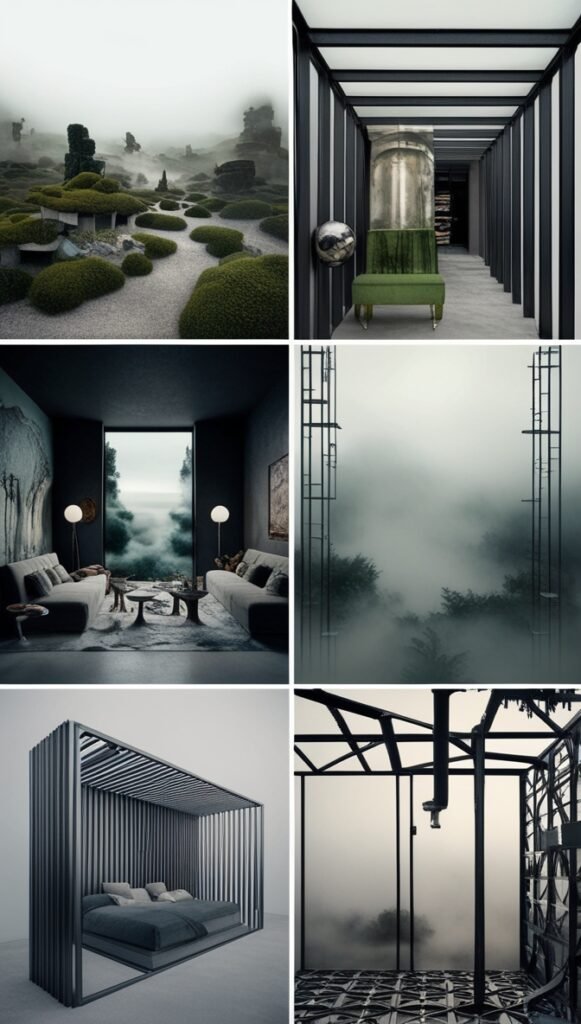
Surrealism’s aesthetics are particularly compelling when applied to modern interiors, as they offer a break from the mundane and a portal to the extraordinary. This art form typically incorporates elements such as dreamlike landscapes, illogical forms, and eerie textures. When fused into interior design, these elements can evoke a sense of adventure, awakening the minds and senses of those who inhabit the space. Notably, such designs are highly personalized and often draw from the individual’s subconscious realms, making the space intimately reflective of their inner fantasies and aspirations.
One of the fascinating intersections within this genre is the blend of metallic structures with misty, ethereal visuals. The juxtaposition of hard, industrial elements with soft, foggy atmospheres creates a palpable tension that is both intriguing and visually arresting. This fusion not only challenges traditional design tenets but also invites observers to step into a surreal narrative where metallic rigidity dances amidst an air of whimsy and enchantment. As we delve deeper into this unique example of interior design, the magnetism of surrealism in reshaping everyday environments becomes profoundly evident, enticing explorers to venture beyond the ordinary.




Creating a Misty Ambiance: Lighting and Texture in Surrealism
Lighting and texture are pivotal elements in developing a misty, surreal ambiance in interior design. By integrating specific materials and innovative techniques, designers can craft spaces that elicit a dream-like atmosphere. Metallic structures often serve as a cornerstone in this approach, thanks to their unique ability to reflect and manipulate light. These materials, when polished or brushed, can produce a dazzling array of reflections and shadows, contributing to an otherworldly environment.
Diffused lighting is a key technique in achieving a surreal ambiance. By using soft, scattered light sources, spaces gain a gentle glow that erases harsh lines and promotes a sense of ethereal mist. This can be achieved through various means, such as frosted glass fixtures, strategically placed lamps, or the incorporation of fabric that softens the light. Complementing diffused lighting with accent lights that highlight specific features can further enhance the surreal effect, creating a dynamic interplay of light and shadow.
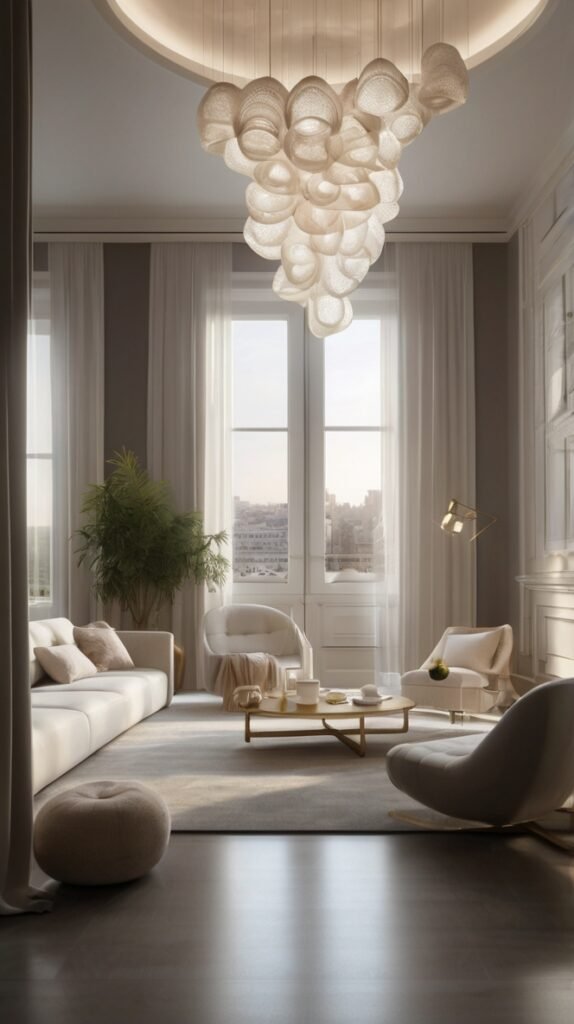
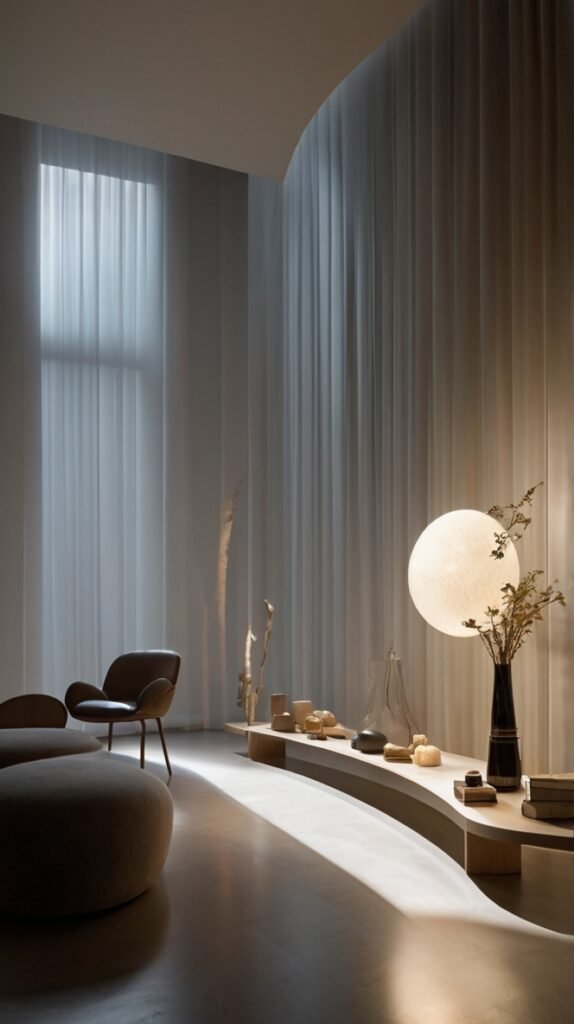


Innovative light fixtures also play a crucial role in setting the desired mood. Chandeliers with metallic finishes or unconventional shapes can become focal points, drawing the eye and adding to the surreal quality of the space. Integrating LED strips along metallic surfaces can also create an alluring interplay of colors and reflections, fostering a captivating and immersive experience.
The textures employed in the design also significantly impact the overall ambiance. Smooth, reflective metals juxtaposed with rough, tactile surfaces can establish a fascinating contrast that heightens the surreal experience. For instance, a polished metallic wall paired with a textured, rough-hewn floor can create a tangible sense of depth and intrigue. Unusual materials, such as concrete softened by metallic sheens or welded sculptures with intricate patterns, can inject an element of surprise and wonder.
The interplay between lighting and texture is essential in generating a misty, surreal ambiance. Through thoughtful selection of materials and innovative lighting techniques, designers can transform ordinary spaces into dreamy, otherworldly realms. The careful balance of light manipulation and textural diversity is key to crafting interiors that captivate the senses and leave a lasting impression.
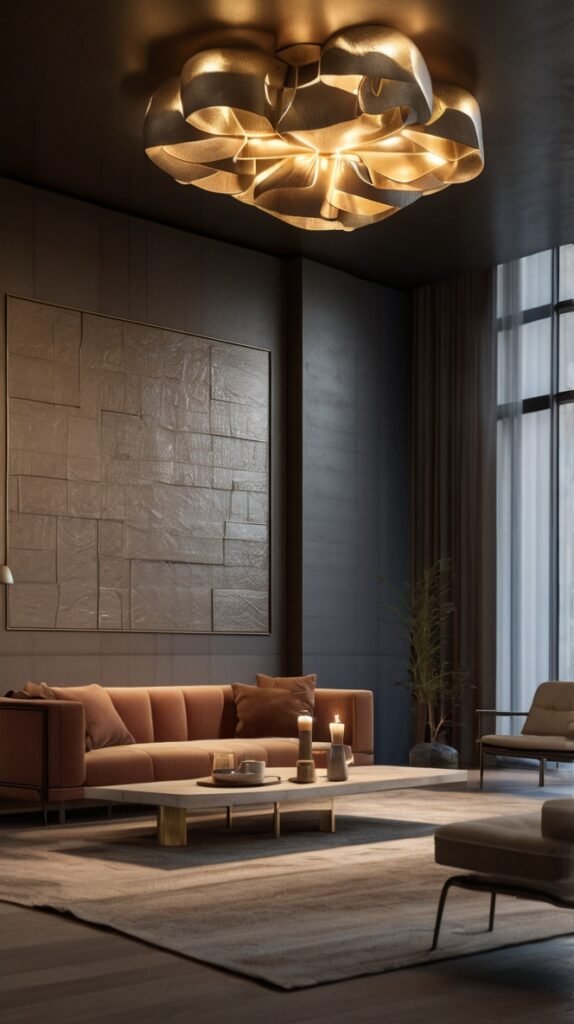
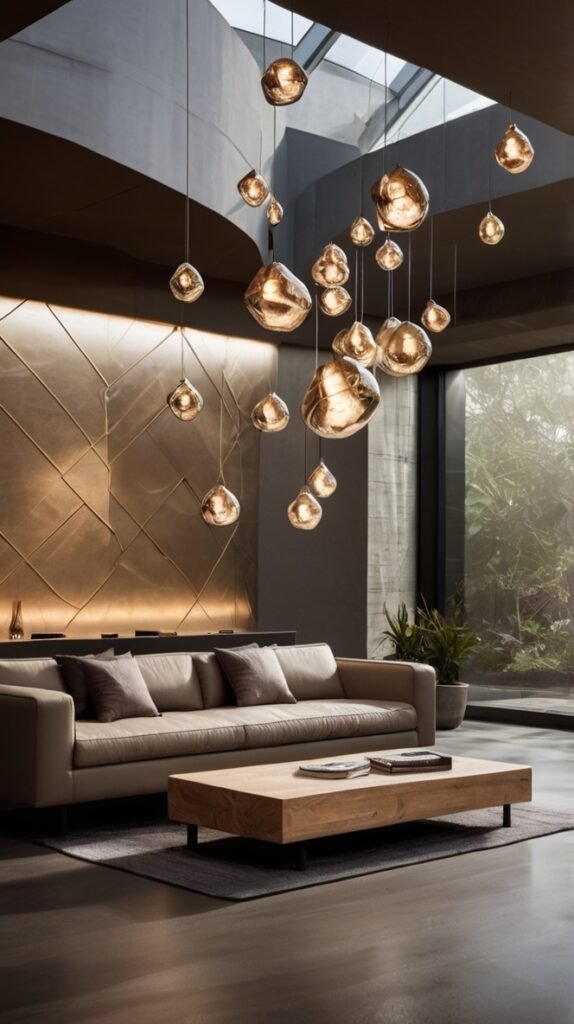
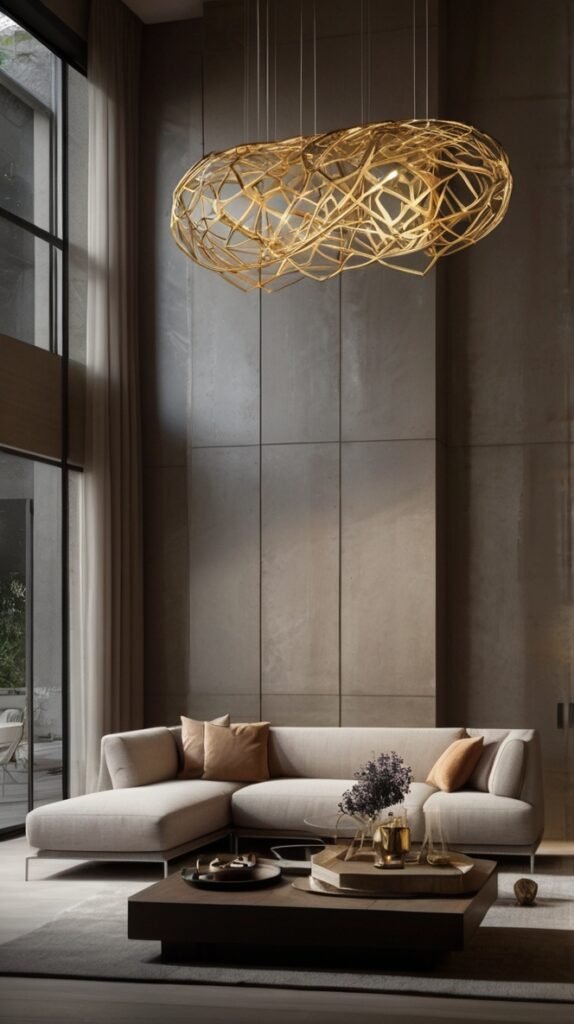

Integrating Metallic Structures into Surreal Interior Design
The integration of metallic structures into surreal interior design offers a remarkable blend of functionality and aesthetics, creating spaces that are both striking and dreamlike. Metallic elements, whether in the form of furniture, decor, or architectural features, provide a unique contrast to the often fluid and abstract nature of surrealism, enhancing the overall sensory experience.
One of the primary functions of metallic structures in surreal interiors is their durability and strength. Metal can be shaped into intricate and unexpected forms that challenge traditional perceptions of furniture design. For example, a dining table with legs that twist and curl in seemingly impossible ways, or a chair that appears to float midair due to its unconventional supports, can serve as both functional pieces and captivating art.

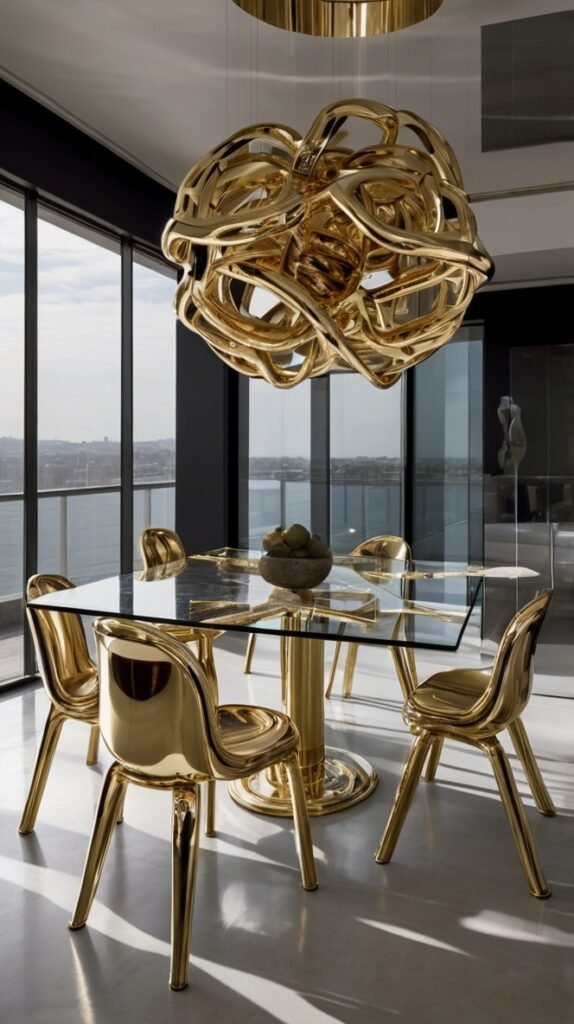
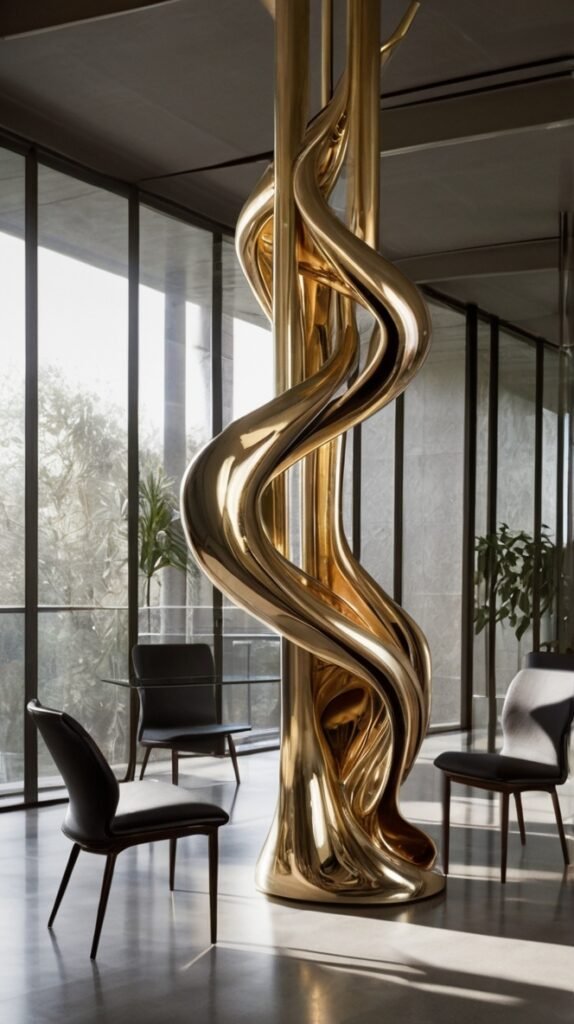
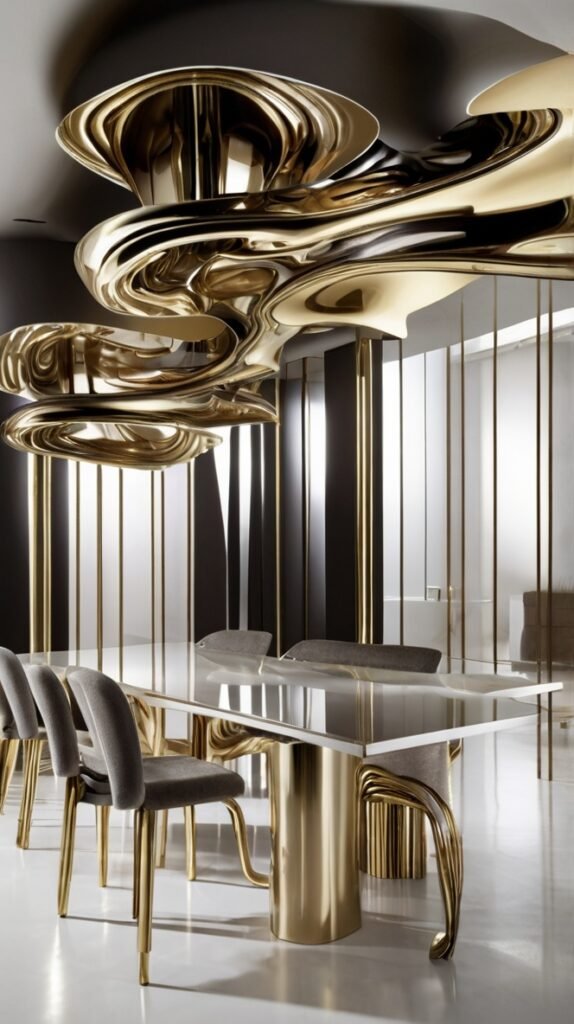
Aesthetically, metallic finishes contribute to the ethereal quality of surreal interior design. Reflective surfaces, such as polished chrome or mirrored steel, amplify light and create illusions of space, depth, and movement. These reflective qualities are particularly effective in smaller rooms, where they can visually expand the area and add a sense of mystery. The use of metallic finishes on walls or ceilings can further enhance this effect, casting intriguing shadows and reflections that change throughout the day.
Moreover, the cold and hard nature of metal juxtaposed with softer materials like velvet or silk can produce a balanced and harmonious design. For instance, a plush velvet sofa with metallic accents or a silk window drapery with a metallic fringe integrates luxury with industrial elements, crafting a surreal yet welcoming atmosphere.
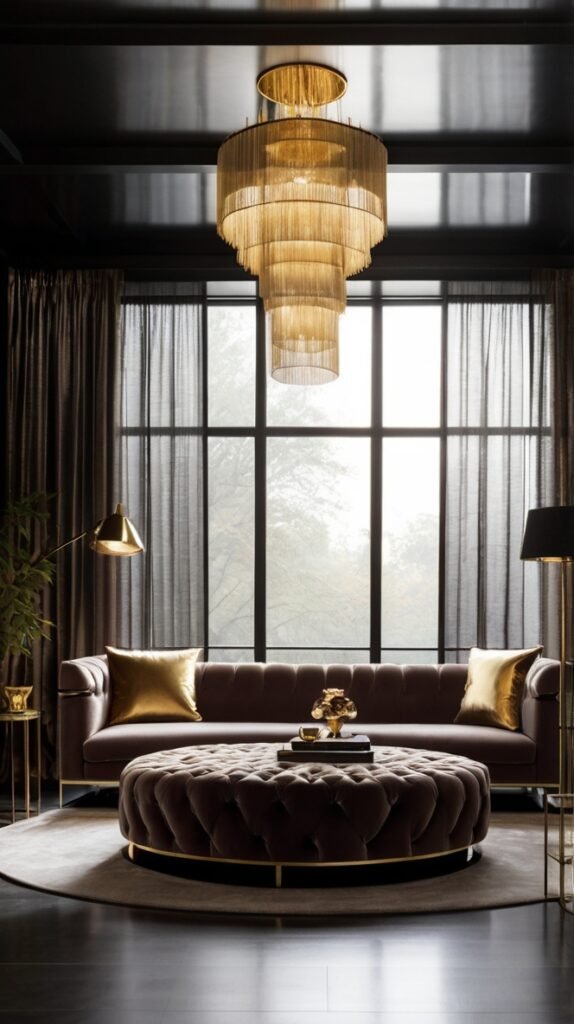



Unexpected forms are another hallmark of surreal interior design. Metals can be sculpted into shapes that seem to defy logic, such as a spiral staircase that appears to be suspended in air or a metallic wall installation that morphs into various geometric patterns. These forms invite curiosity and engagement from viewers, drawing them into the surreal world created within the space.




Through thoughtful selection and placement of metallic elements, designers can achieve a cohesive and captivating surreal interior. The marriage of metal’s inherent strength and the imaginative possibilities of surrealism results in spaces that are not only functional but also profoundly enchanting.




Case Studies: Remarkable Surreal Interior Designs
Surreal interior design, marked by its dream-like and whimsical elements, has been successfully implemented in various remarkable projects. These case studies elucidate how metallic structures play a pivotal role in creating captivating, surreal environments.
One notable example is the “Cosmic Lounge” designed by Atelier XYZ. The concept hinges on a futuristic yet ethereal atmosphere achieved through undulating, metallic forms that mimic the fluidity of liquid mercury. Plated in chrome and brushed aluminum, the surfaces of walls and furniture reflect light in beguiling patterns, evoking a sense of otherworldliness. Hanging sculptures and irregularly shaped mirrors further amplify the dreamy ambiance. Comments from the designers highlight the importance of lighting in crafting this spatial phenomenon, stating, “Controlled illumination allowed us to play with shadows and reflections, enhancing the surreal experience.”

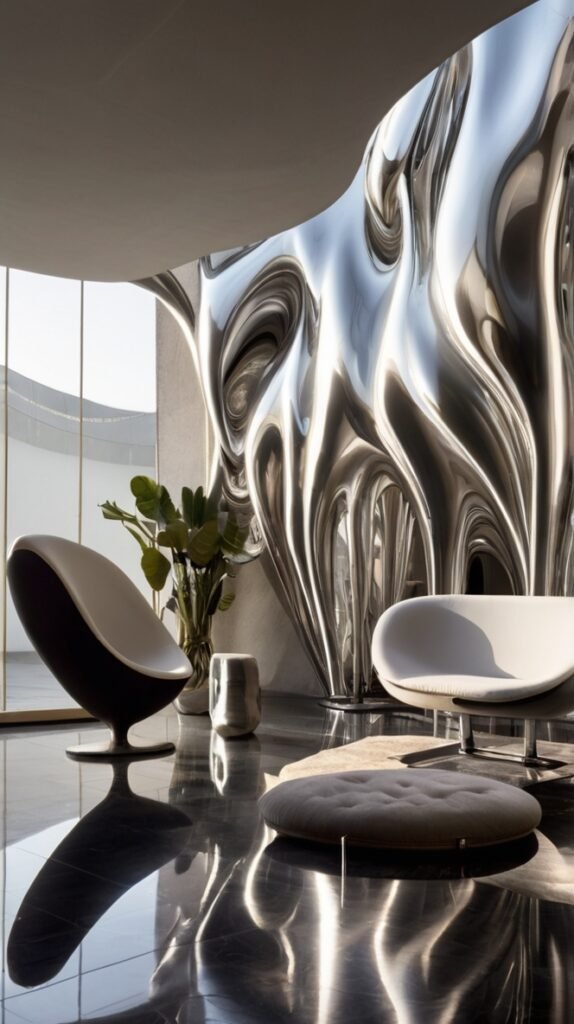
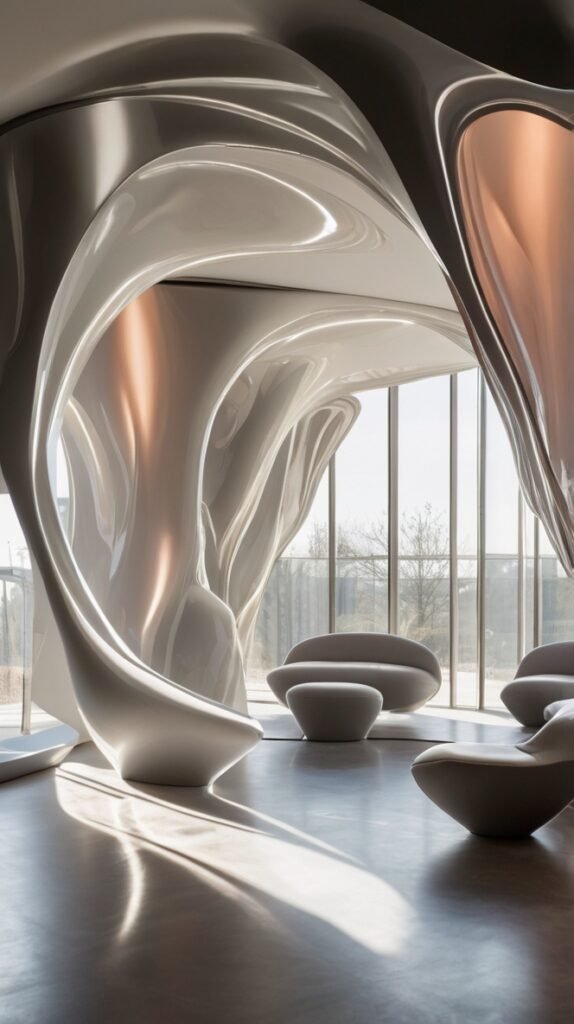
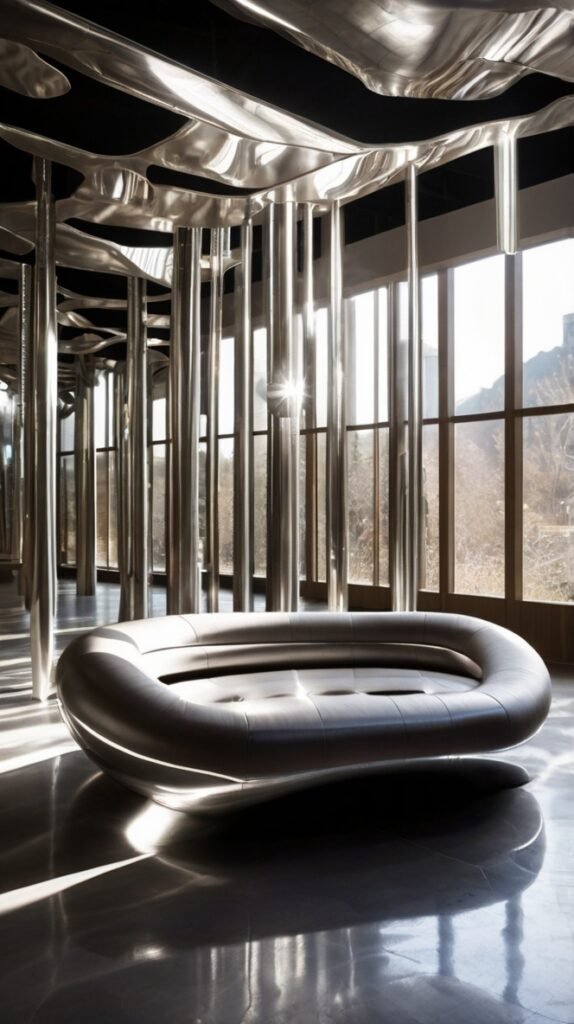
In a commercial context, the “Illusion Café” by Studio Fenix presents another fascinating case. Here, the design employs metallic arches and curvilinear elements to create a sense of infinite space. Walls cloaked in shimmering, metallic paint give the space a dynamic character that evolves with the interplay of light and shadows. The café’s furniture, made with fabricated metal and glass, exudes an avant-garde aesthetic, seamlessly merging practical functionality with whimsical design principles. As the lead designer notes, “Our goal was to transport patrons into a surreal environment that feels both familiar and fantastical, making every visit a unique experience.”




Lastly, the “Dreamscape Residence,” a private home designed by Quinn Interiors, showcases how surrealism can manifest in residential spaces. Inspired by Salvador Dalí’s dreamlike visions, this project incorporates metallic structures in unexpected ways. A silver tree sculpture winds through the living room, its branches forming a canopy overhead. Reflective metallic tiles adorn the kitchen backsplash, creating a shimmering effect that changes with the viewer’s perspective. The design team emphasizes, “Integrating metallic elements in unconventional forms not only adds a surreal touch but also brings a unique aesthetic harmony to the living space.”




These case studies underscore the versatility and transformative power of surreal interior design, revealing how metallic structures can conjure spaces that truly captivate the imagination. From residential to commercial environments, surrealism continues to inspire innovative design solutions that challenge conventional perceptions, offering both whimsical escapism and functional elegance.
